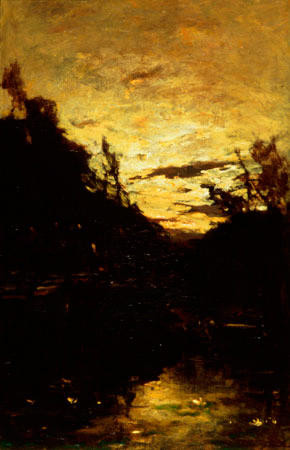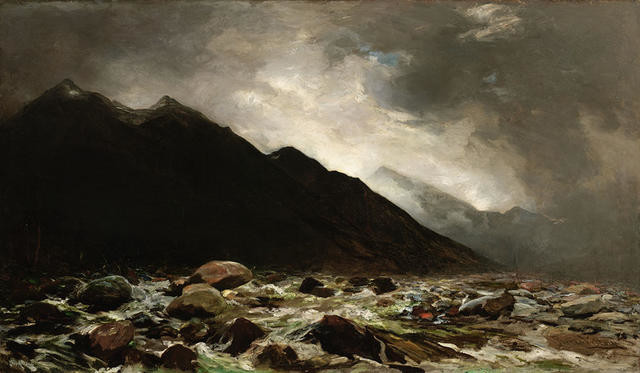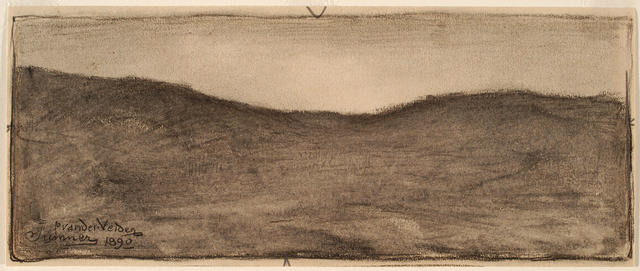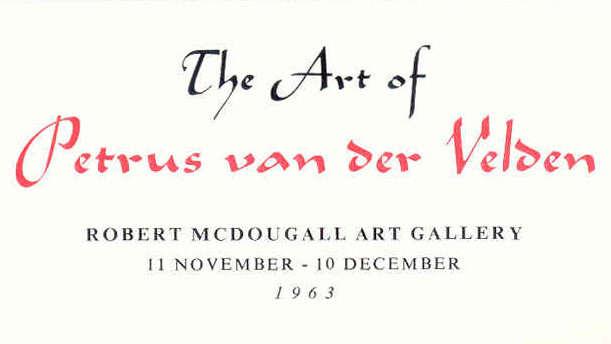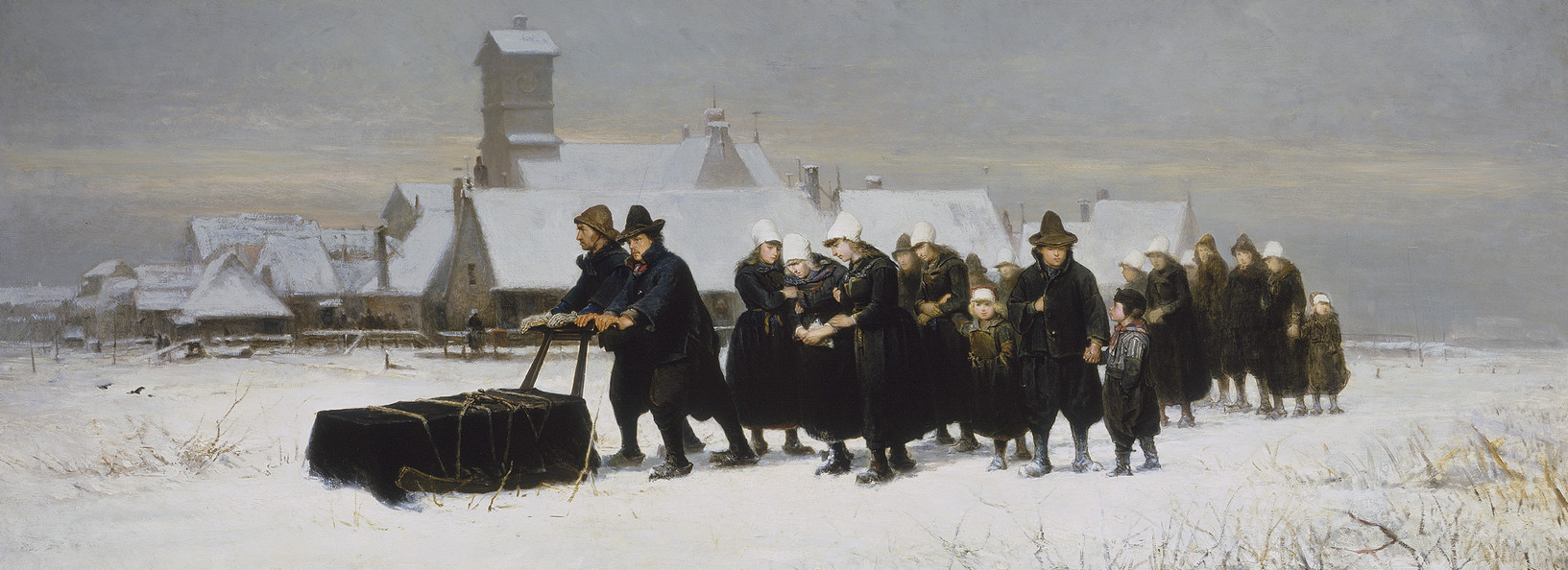
Petrus van der Velden The Dutch Funeral (detail). Collection of Christchurch Art Gallery Te Puna o Waiwhetū; gifted by Henry Charles Drury van Asch, 1932
This exhibition is now closed
Abel Janszoon Tasman (1603-1659) is a name that is immediately identified with the earliest Dutch contact with New Zealand.
In 1992 the Abel Tasman commemorative year marking the 350th anniversary of the sighting of the west coast of the North and South Islands will be celebrated. The land Tasman sighted was first named Staten Landt and later changed to Zealandia Nova. However, Abel Tasman's visit was just a beginning of Dutch association and influence in this country.
Until the second half of the nineteenth century few people of Dutch descent emigrated here but over the past century this has changed and Dutch born citizens have contributed immensely to the growth of many spheres of New Zealand society and culture.
Many Dutch born artists have established an identity in New Zealand, but few could be said to have made the impact that came from the work of Petrus van der Velden (1837-1913). It is for this reason that when it was decided to mount an exhibition in recognition of the Abel Tasman year, van der Velden was the obvious choice for Canterbury. Like Tasman his activity though as an artist signalled a beginning, one that put New Zealand landscape painting on a new course of discovery. As an artist van der Velden was not only able to invest the New Zealand landscape with new meanings but also able to show by example what being a professional meant.
In colonial Christchurch van der Velden found genteel Victorian society rather narrow in its attitudes and acceptance. It lacked the cultural breadth that he had become accustomed to, and taken for granted in Holland. As a mature artist in self imposed exile in the South Pacific he quickly realised the effects of having cut himself adrift from the stimulus of his Dutch contemporaries. This isolation, often the lot of immigrant artists, drove van der Velden to try and assert his identity in the country in which he now lived.
In New Zealand the land was the dominating force so it was logical that it was through landscape paintings that an identity would be forged. In Holland, van der Velden was not known as a landscape painter, but rather as a marine artist. His prime concern was people and their interaction with their harsh environment, particularly the sea.
During the years prior to his arrival his response to the lives of people and the sea had given rise to his distinctive Marken series of paintings of which the Funeral cycle was the most poignant.
Many of the subjects he explored at this time he brought with him to New Zealand and continued to paint. As a member of the Hague School he was able to implant something of nineteenth century Dutch realism. Its effects were first realised in the early work of a number of Canterbury artists among them Sydney L. Thompson, Robert Procter and Raymond McIntyre. However it was through the Otira series of paintings begun in 1891 that van der Velden was able to make a mark by externalising the spirit of the New Zealand landscape. He revealed that it held more for the artist than just its topographical features.
Van der Velden established an identity in a way that could be said to not really be matched until the emergence of Colin McCahon half a century later.
The Otira imagery was as much symbolic as it was real although van der Velden may not have initially intended it to be so. In the Otira Valley he made a discovery like Tasman but it is one that Tasman may not have understood. The Otira, van der Velden found to be a microcosm of what the energy of the New Zealand landscape was all about in its stark brooding, dramatic contrasts. The Otira paintings gave him an individuality as a painter of the landscape that was not always accepted. However the factor that placed him apart form other New Zealand colonial painters in the 1890s was the unwillingness to compromise his work for the sake of social acceptance and it was for this reason he was to remain largely an outsider. He never gained the level of recognition he deserved and felt was his due. He sacrificed a great deal to hold on to his integrity as a professional artist.
The exhibition will explore broadly through selected drawings and paintings the work of Petrus van der Velden both in Holland and New Zealand. It will include several key works from both the Marken and Otira series. Many are from the Robert McDougall Art Gallery's own collection but others have been borrowed from a number of public and private collections.
('Contrasts: An Exhibition of Works by Petrus van der Velden', Bulletin, No.77, December 1991/January/February 1992, p.5)
-
Date:
6 February – 19 April 1992 -
Exhibition number:
499
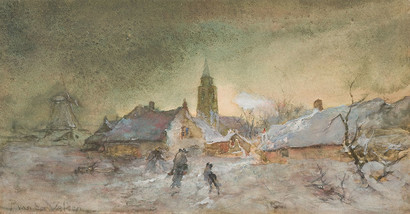
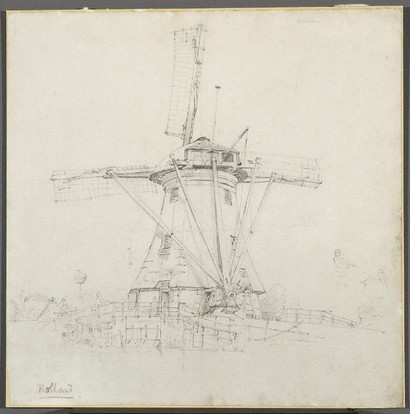

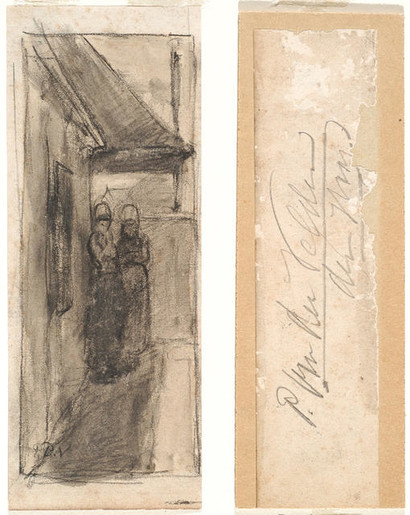
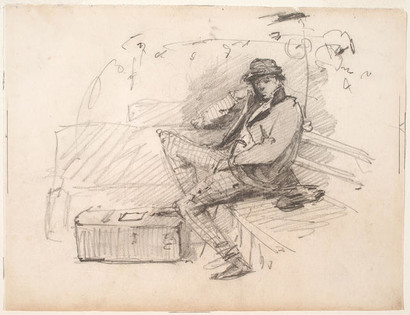
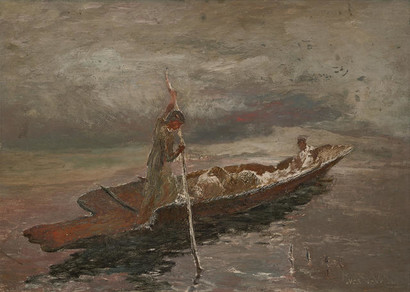
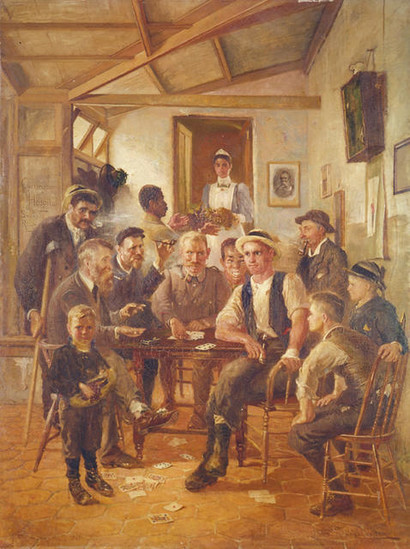
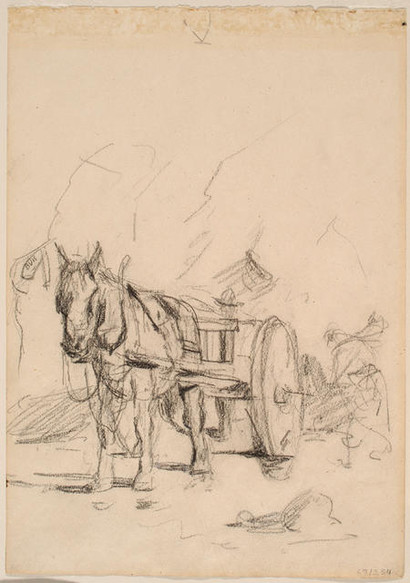
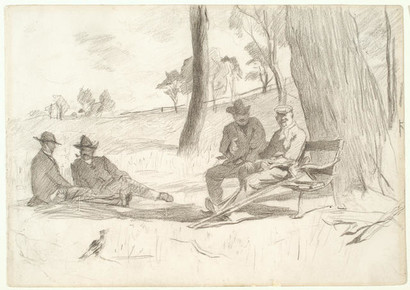
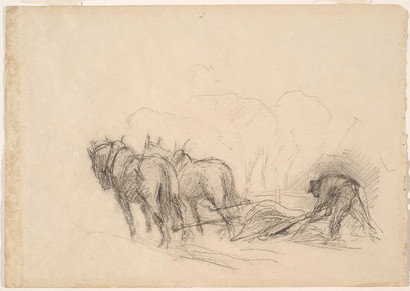
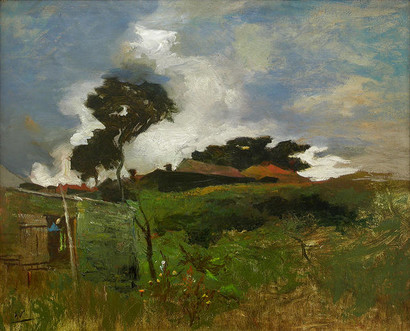
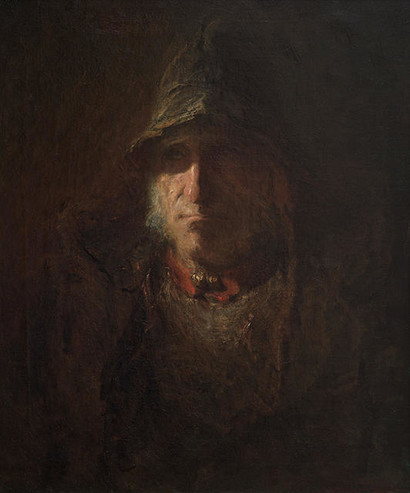
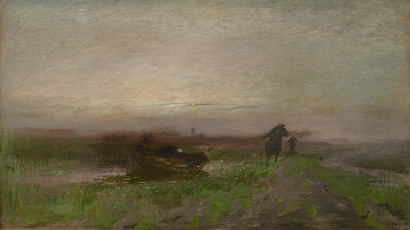
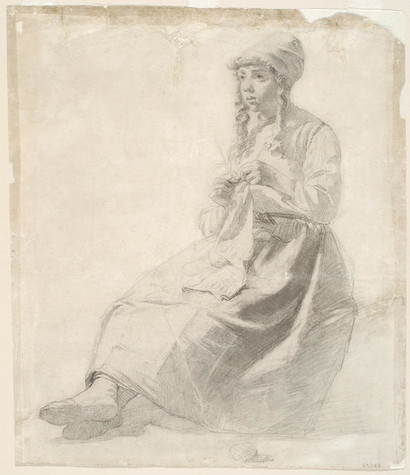
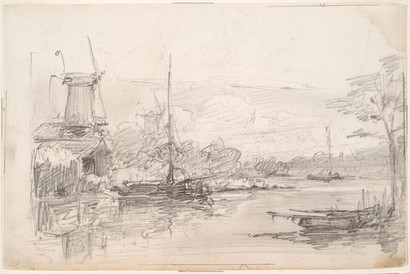
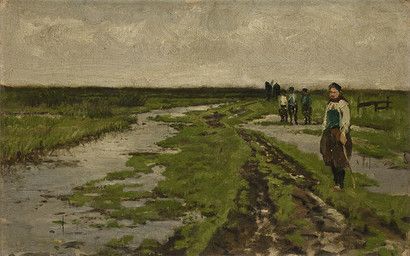
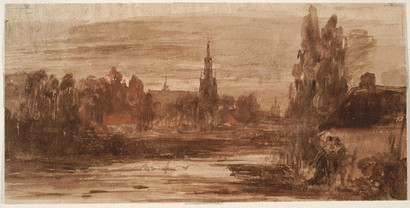
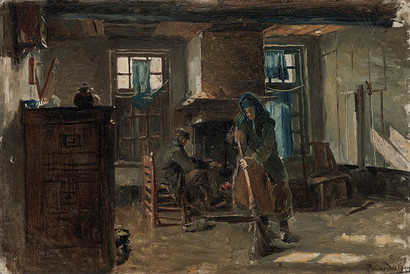
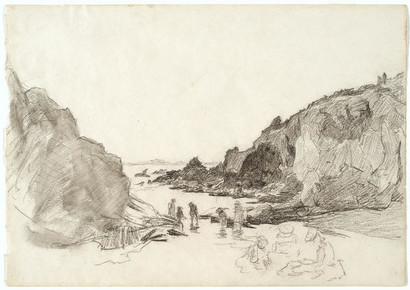
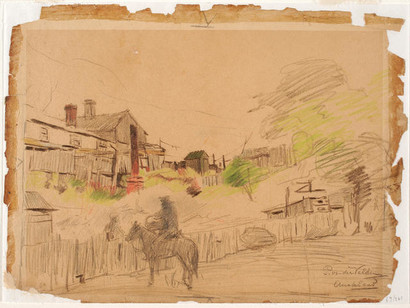
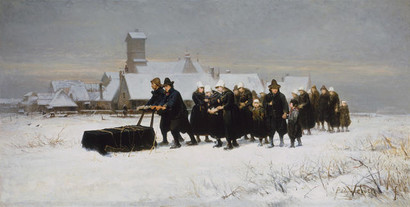
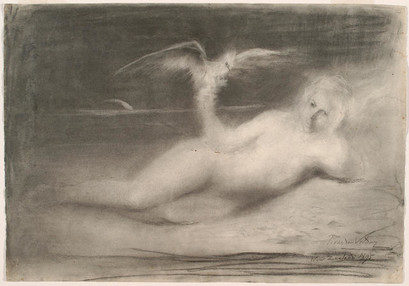
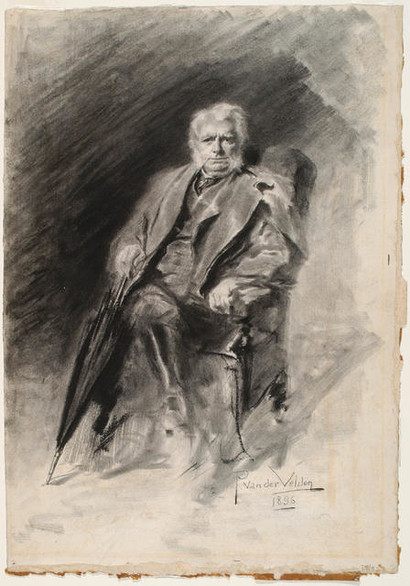
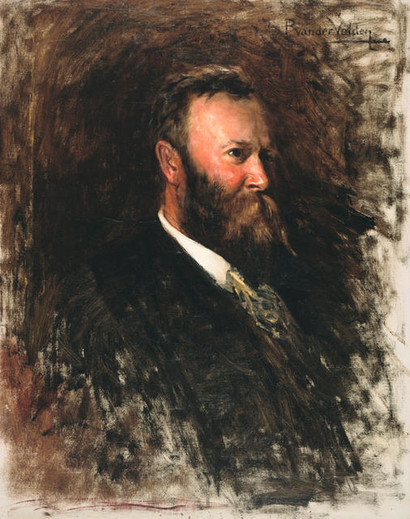
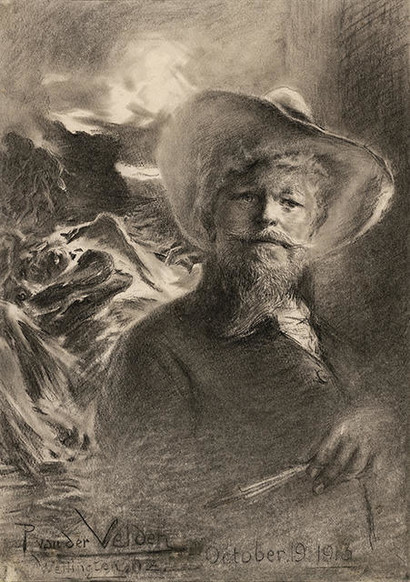
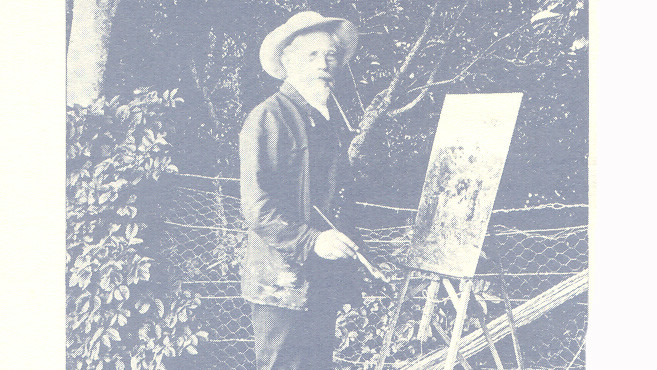
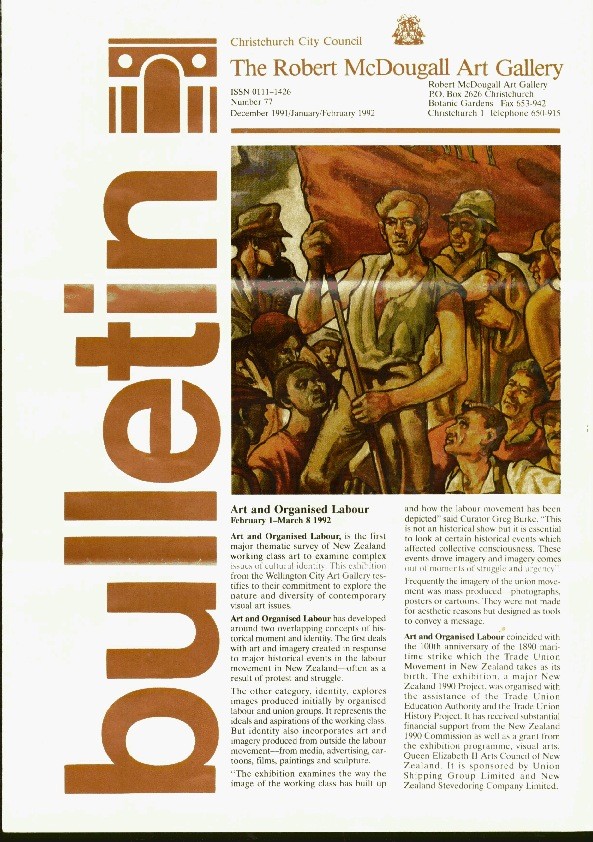
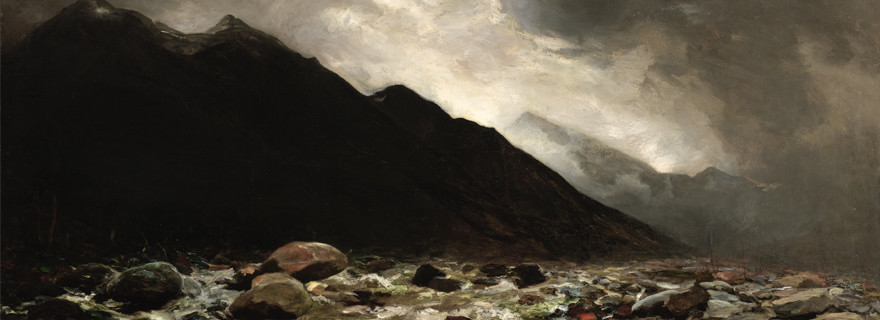
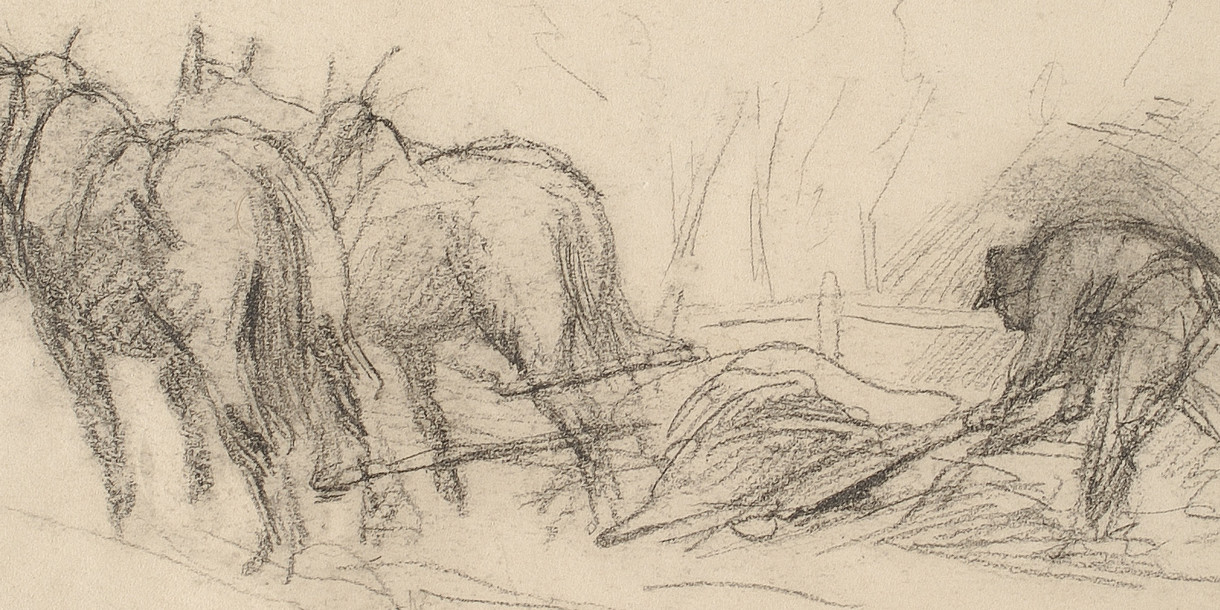
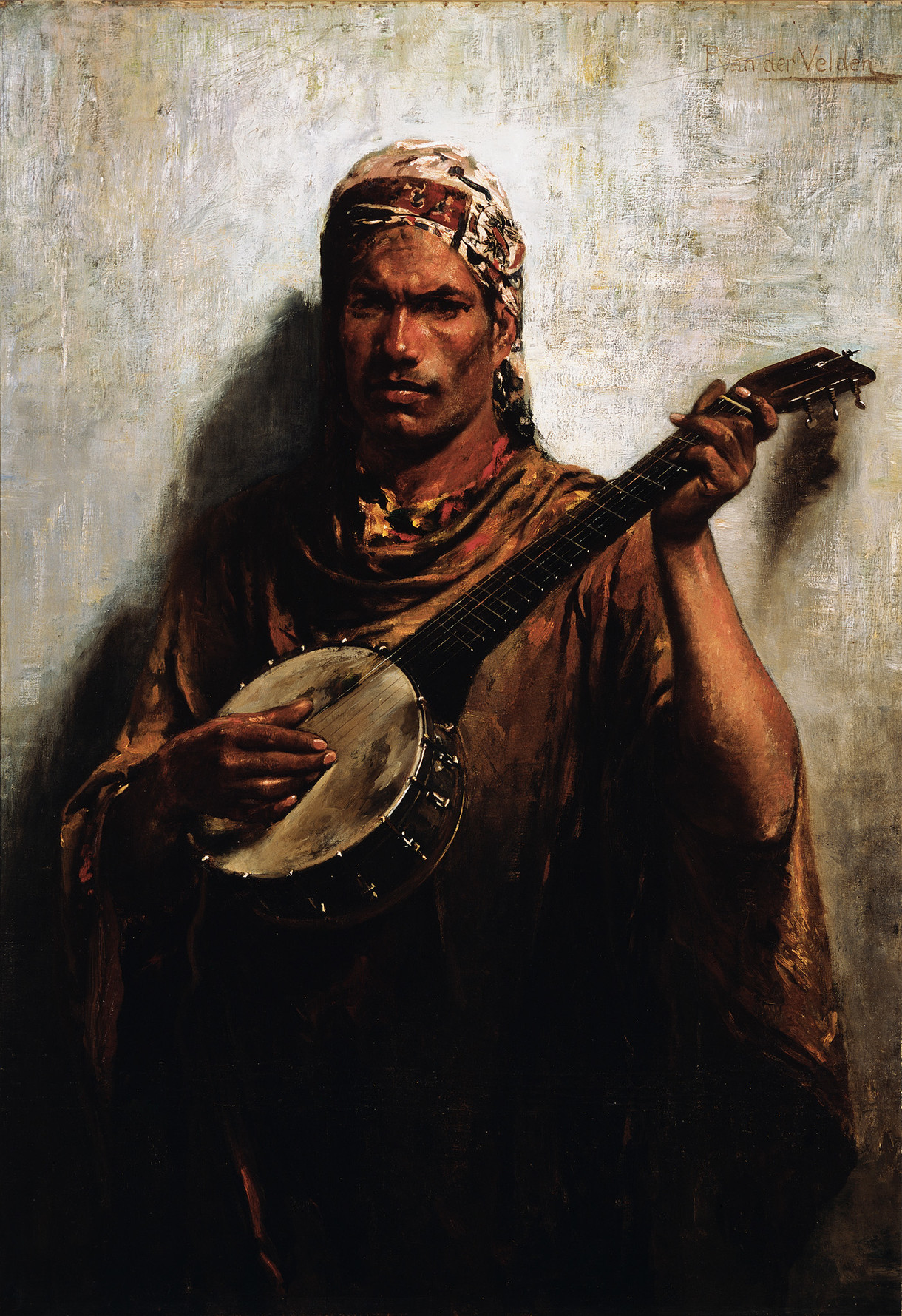
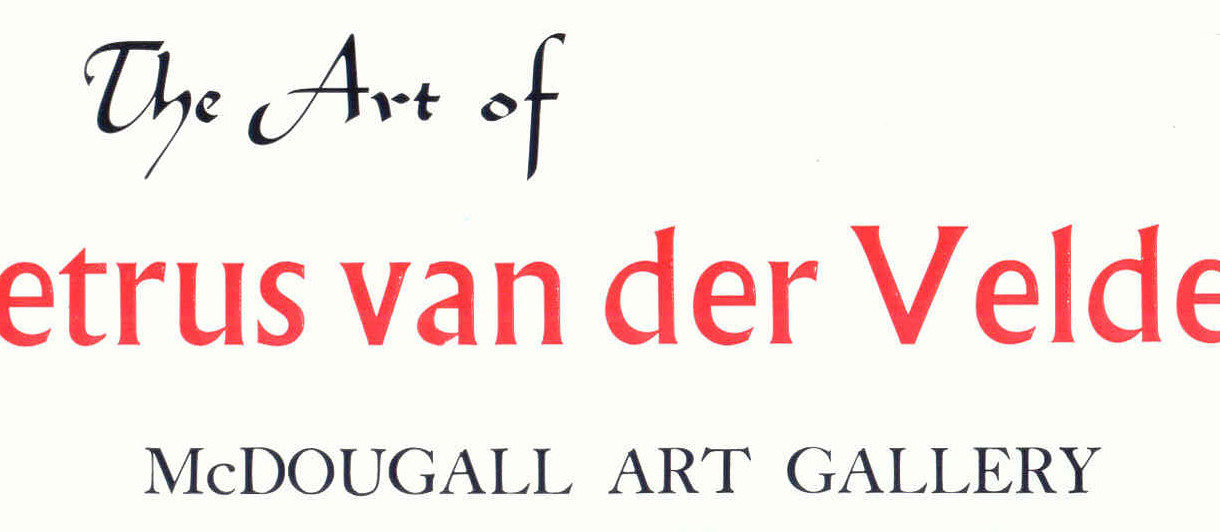
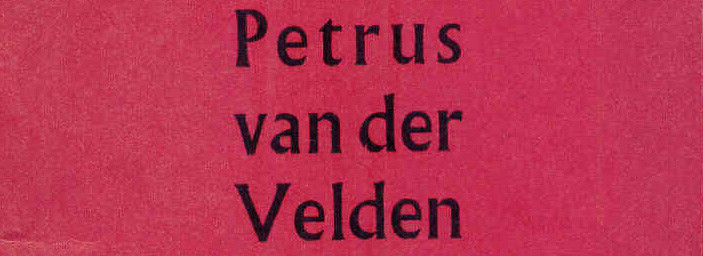
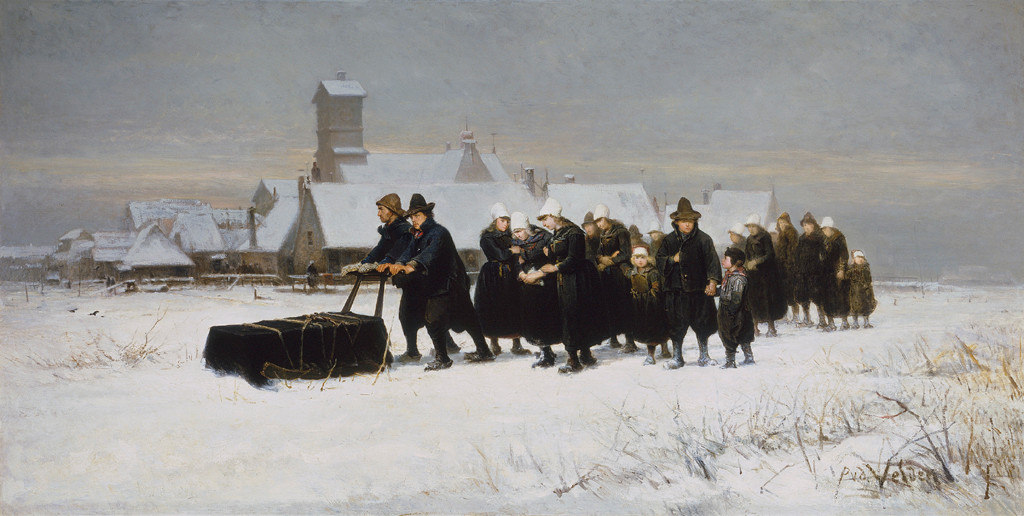
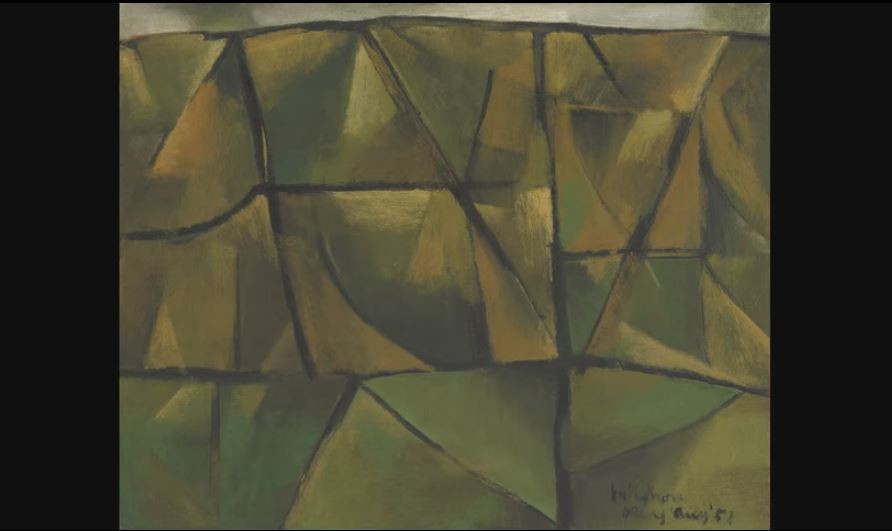
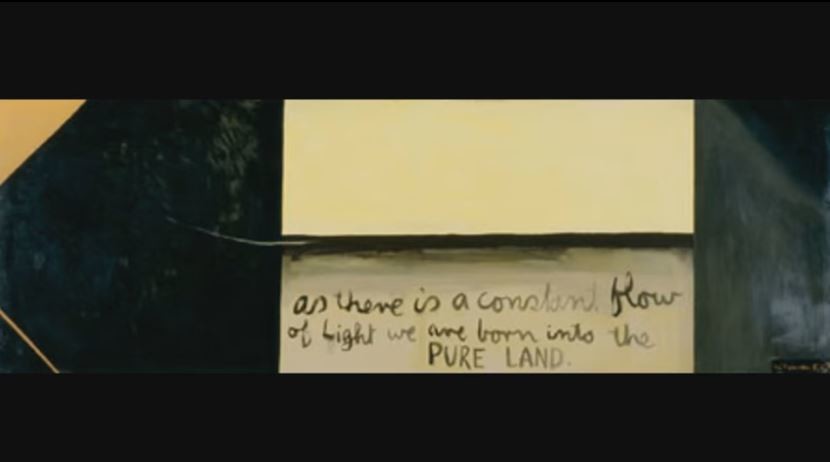
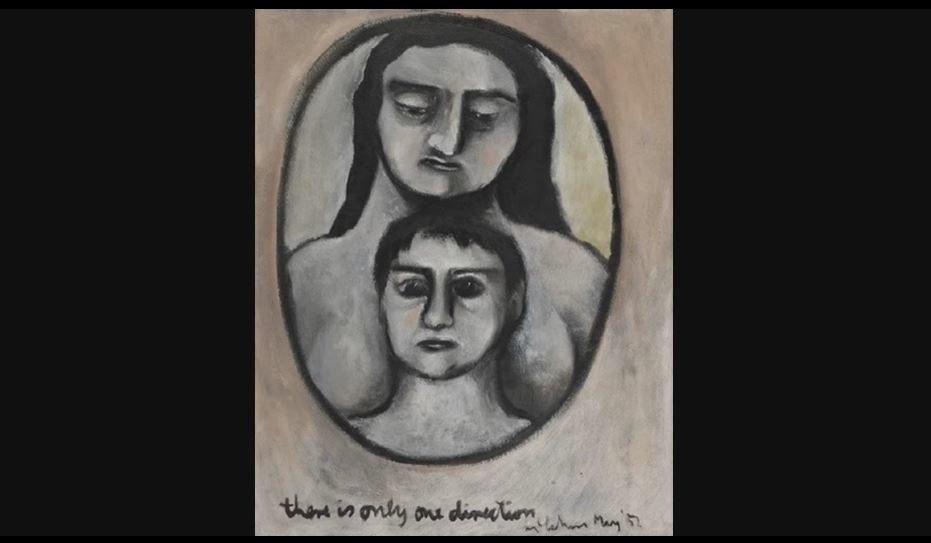
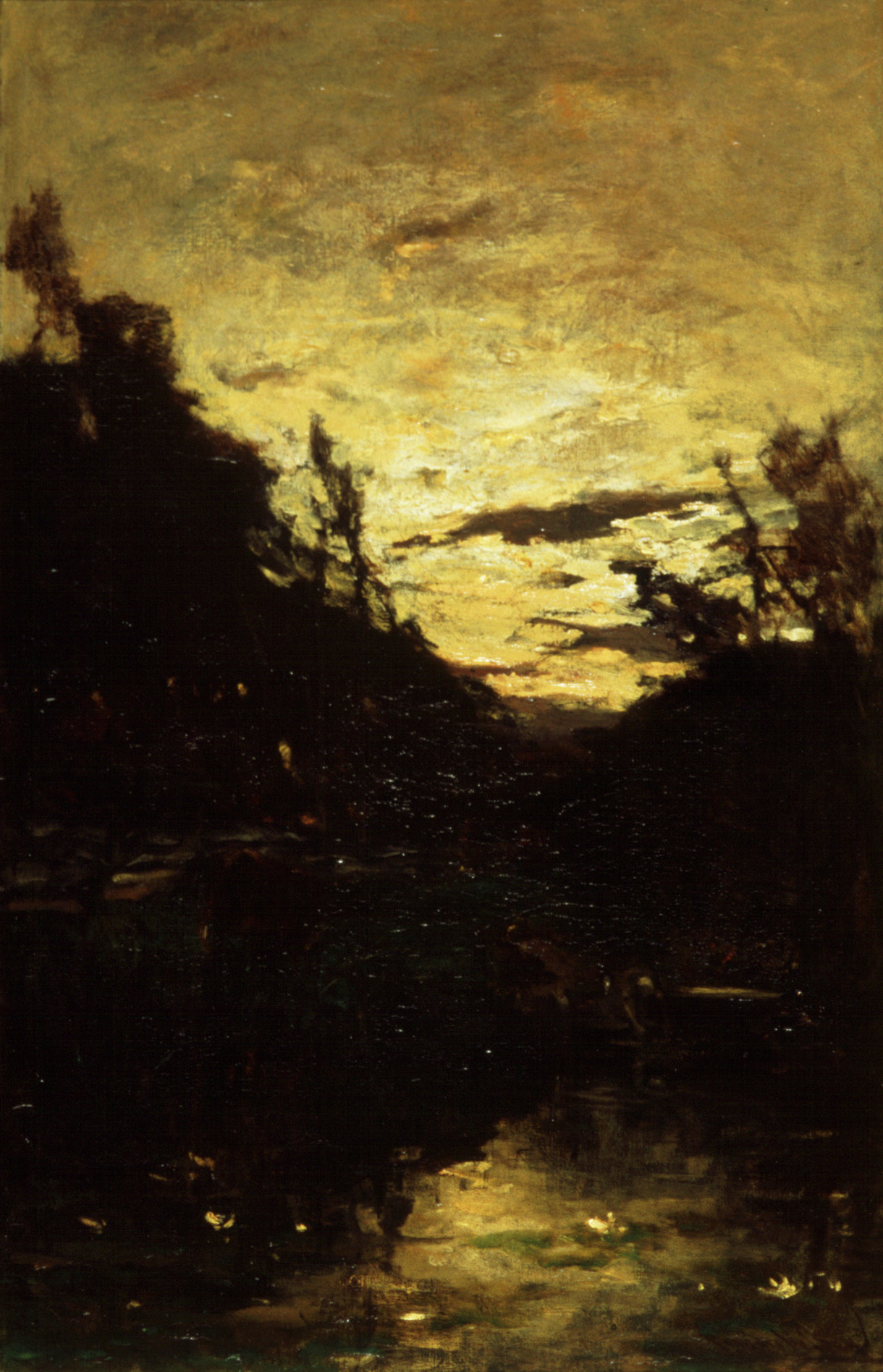
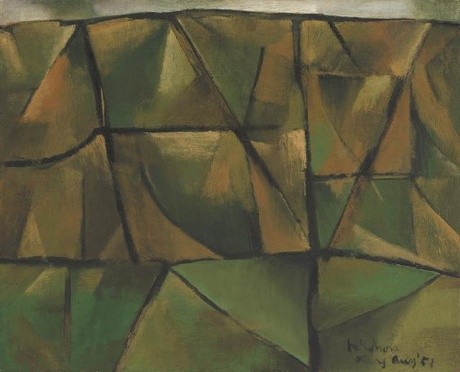
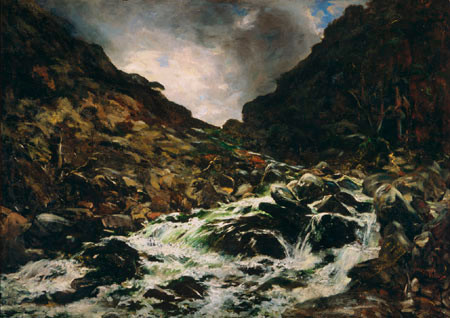
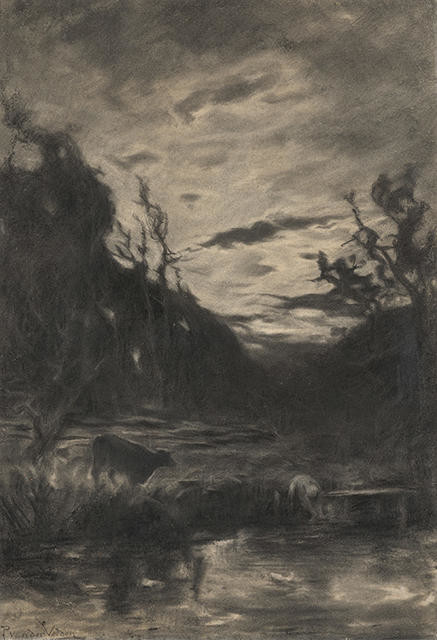
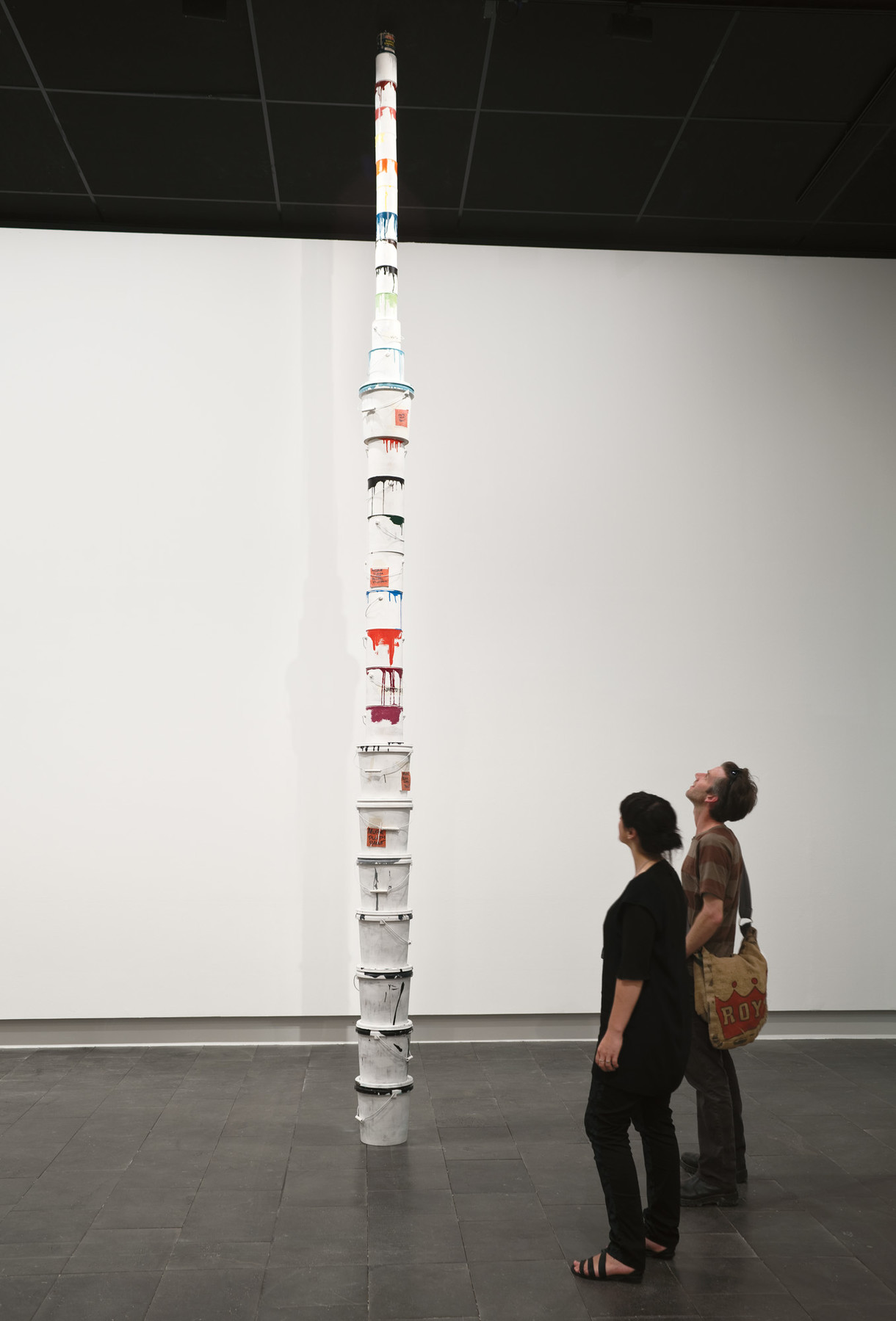
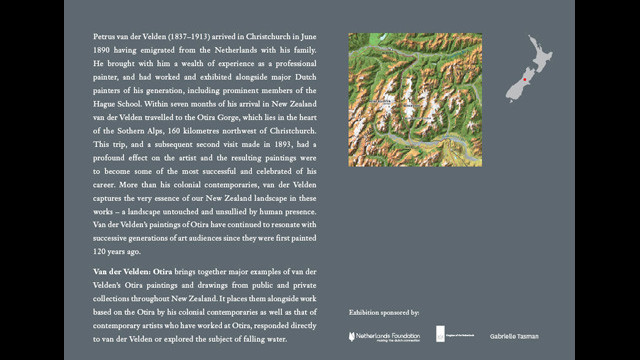
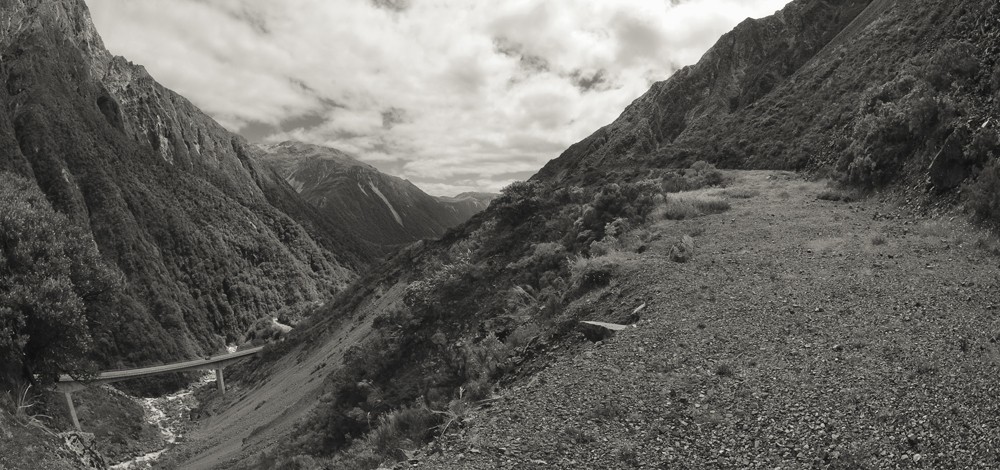
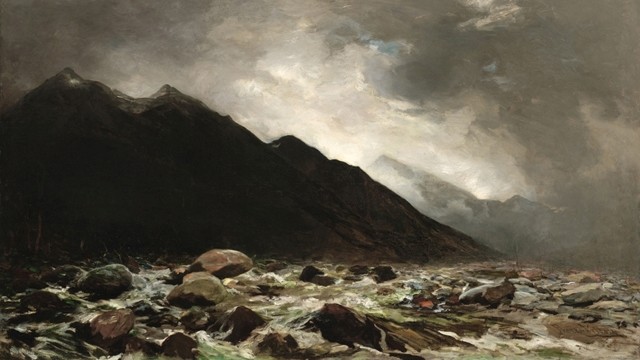
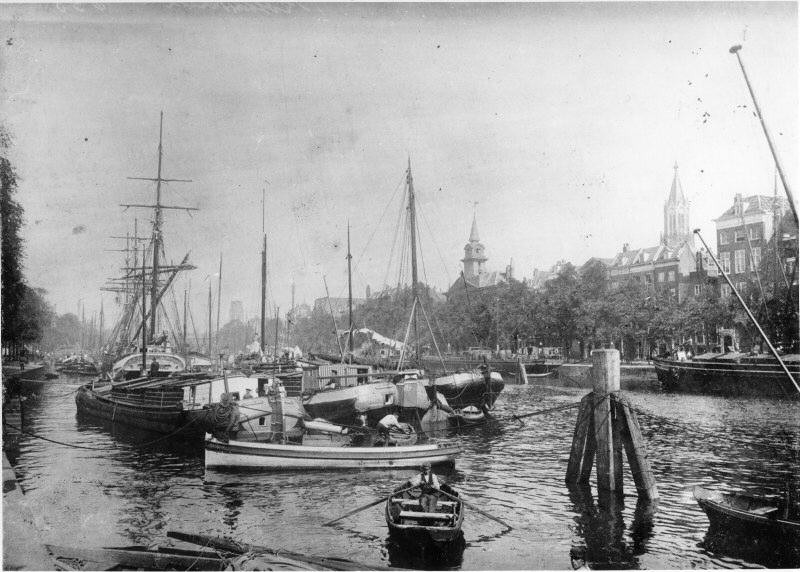
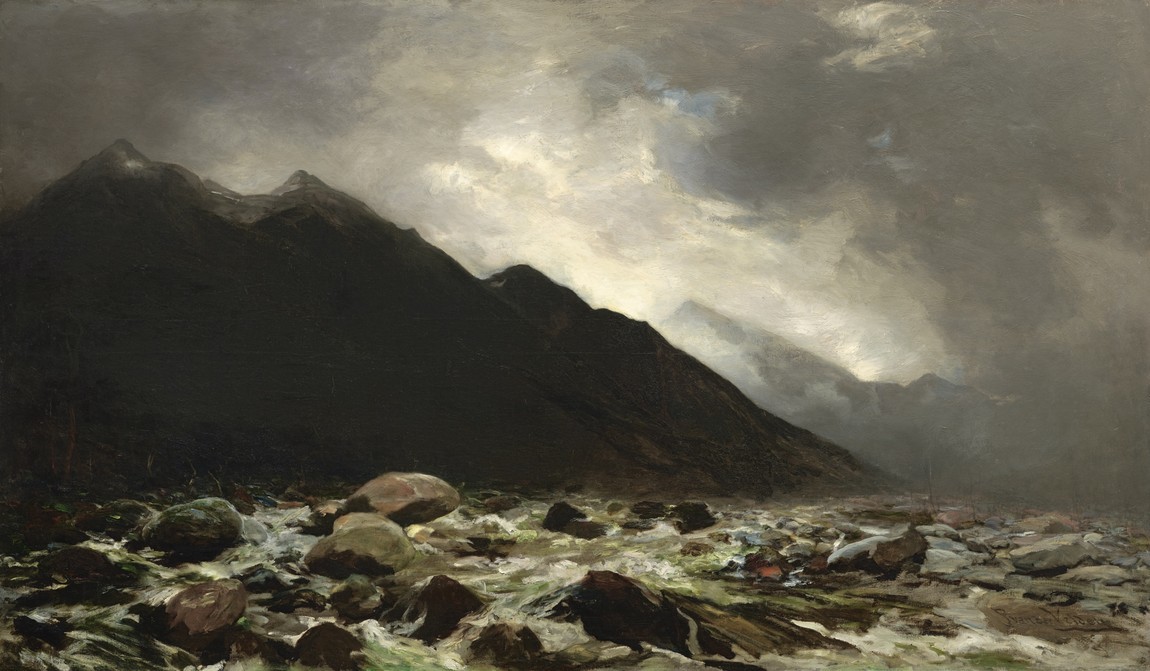
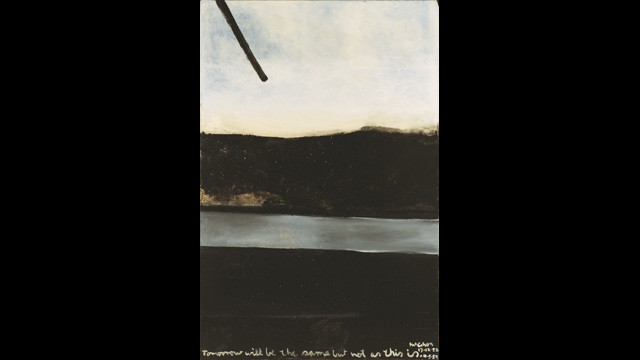
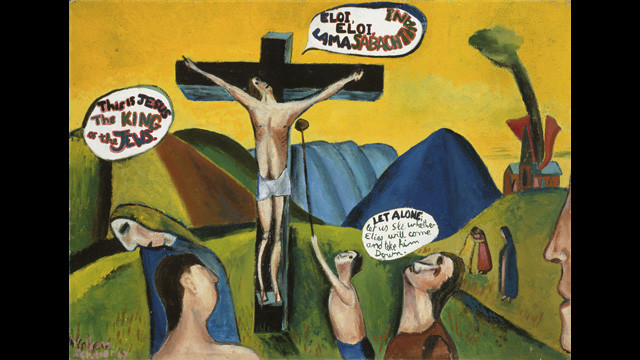
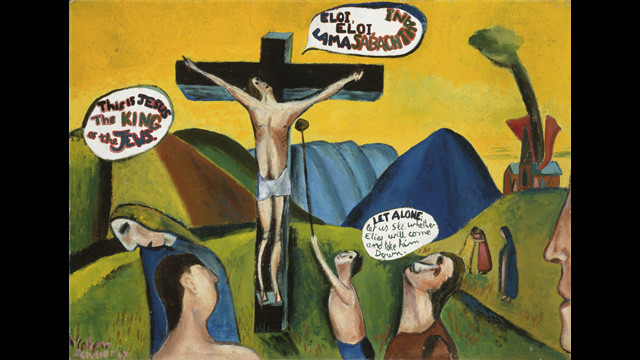
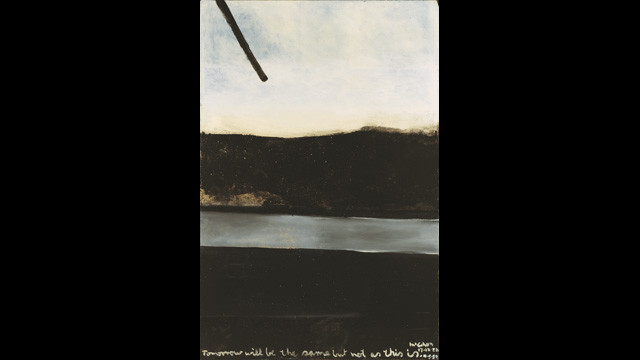
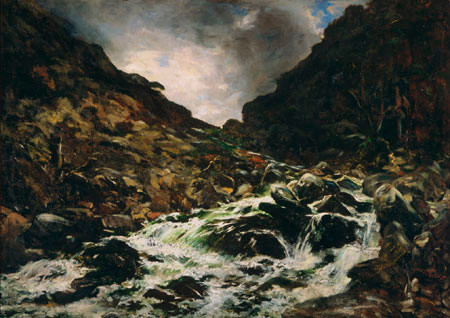
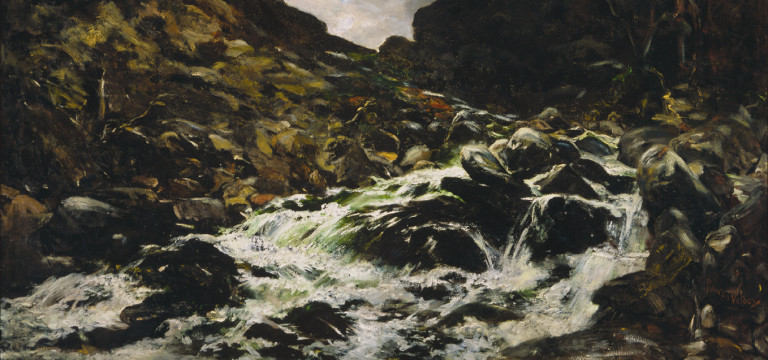
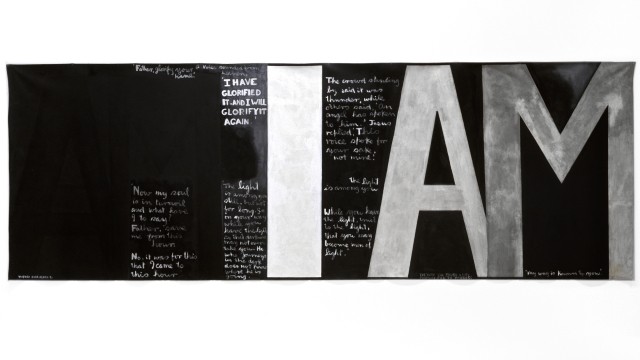
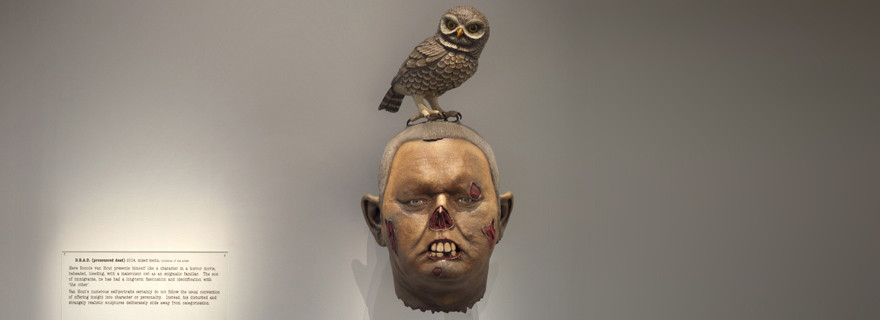

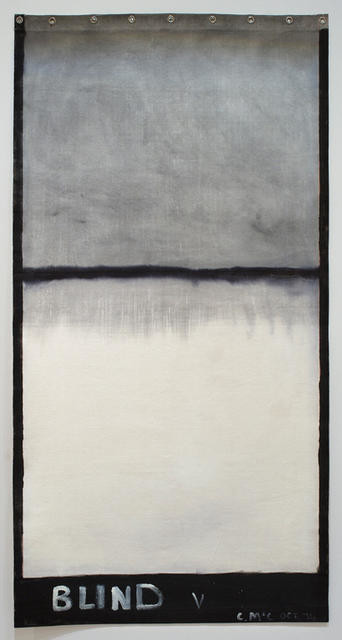
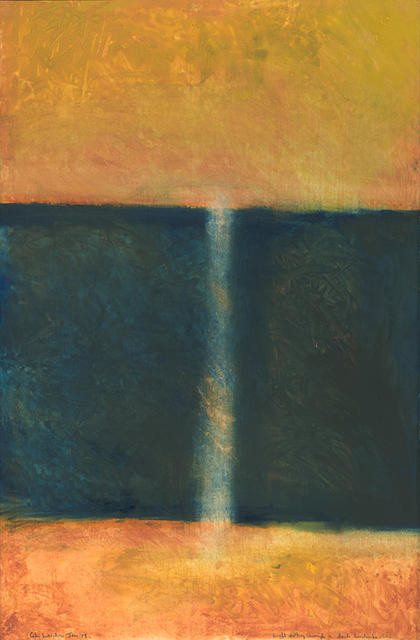
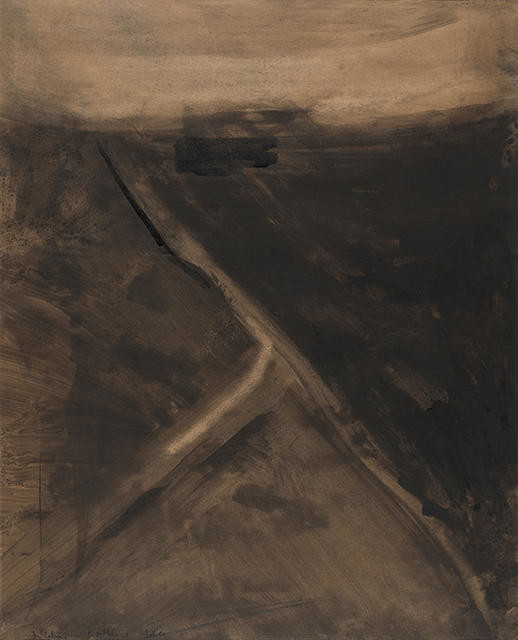
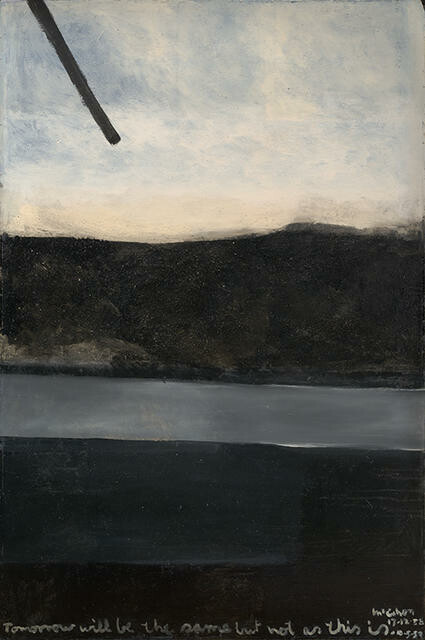
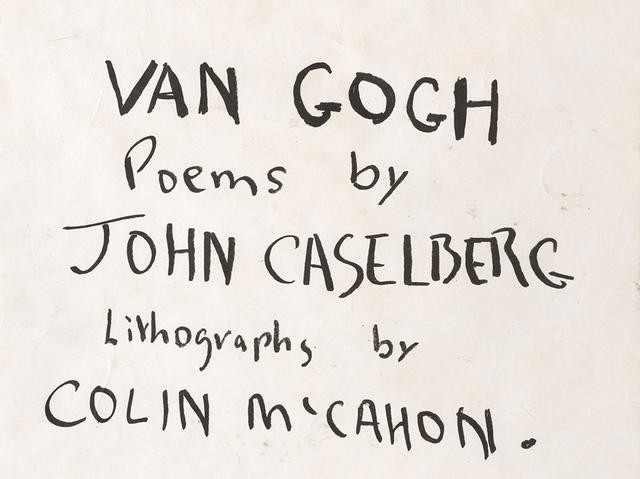
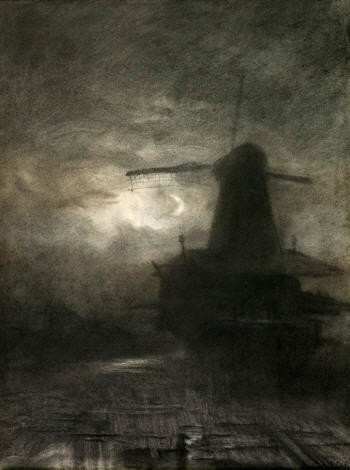
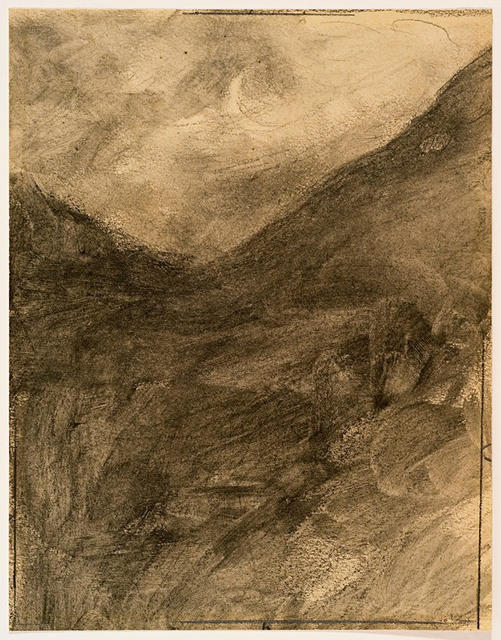
![Burial in the winter on the island of Marken [The Dutch Funeral]](/media/cache/53/c1/53c1843bcceaf9c7adc72a4a5032e2b9.jpg)
